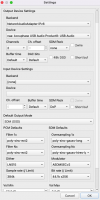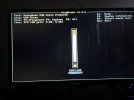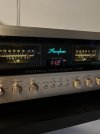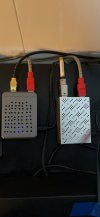Hello,
I have been looking into HQplayer and was wondering if it would benefit me. I currently use Tidal for all my music listening.
My set up config is as follows:
- Andriod Phone running BubbleUpnp Client (Tidal)
- PC running BubbleUpnp Server delivering streams to Foobar
- Foobar playing streams to my DAC
- DAC connected to Amp and Speakers
Reason I do this is because I like to use my phone to select tracks and get my PC to play them via my DAC. I tried the Cast feature in the Tidal Andriod App to a Chromecast but it didn't sound good. The Tidal Andriod Cast feature doesn't see the Tidal desktop app as a device (if it did I would quite happily forget all of this and use that instead!)
Anyway, the above set up works OK but I'm only getting around CD quality sound and I was wondering if upsampling using HQplayer would provide a benefit rather than having the DAC do it? If so, would it be possible to fit this bit of software into the setup I have above? Perhaps between step 3 and 4 - Something like:
- Andriod Phone running BubbleUpnp Client (Tidal)
- PC running BubbleUpnp Server delivering streams to Foobar
- Foobar playing streams with HQ Player as an output
- HQ Player upsampling and playing streams to my DAC
- DAC connected to Amp and Speakers
I appreciate I may be misunderstanding the whole process when it comes to HQplayer! I'm really just asking if this is a viable solution rather than how to do it as I'm sure I could figure it out if it's possible.
I have these DAC's in my possesion
- Chord Mojo
- Topping D10
- Denon 1600NE (has its own internal PCM1795 DAC)
Also have a SMSL Sanskrit 10th MKII on its way.
Any advice would be appreciated!




